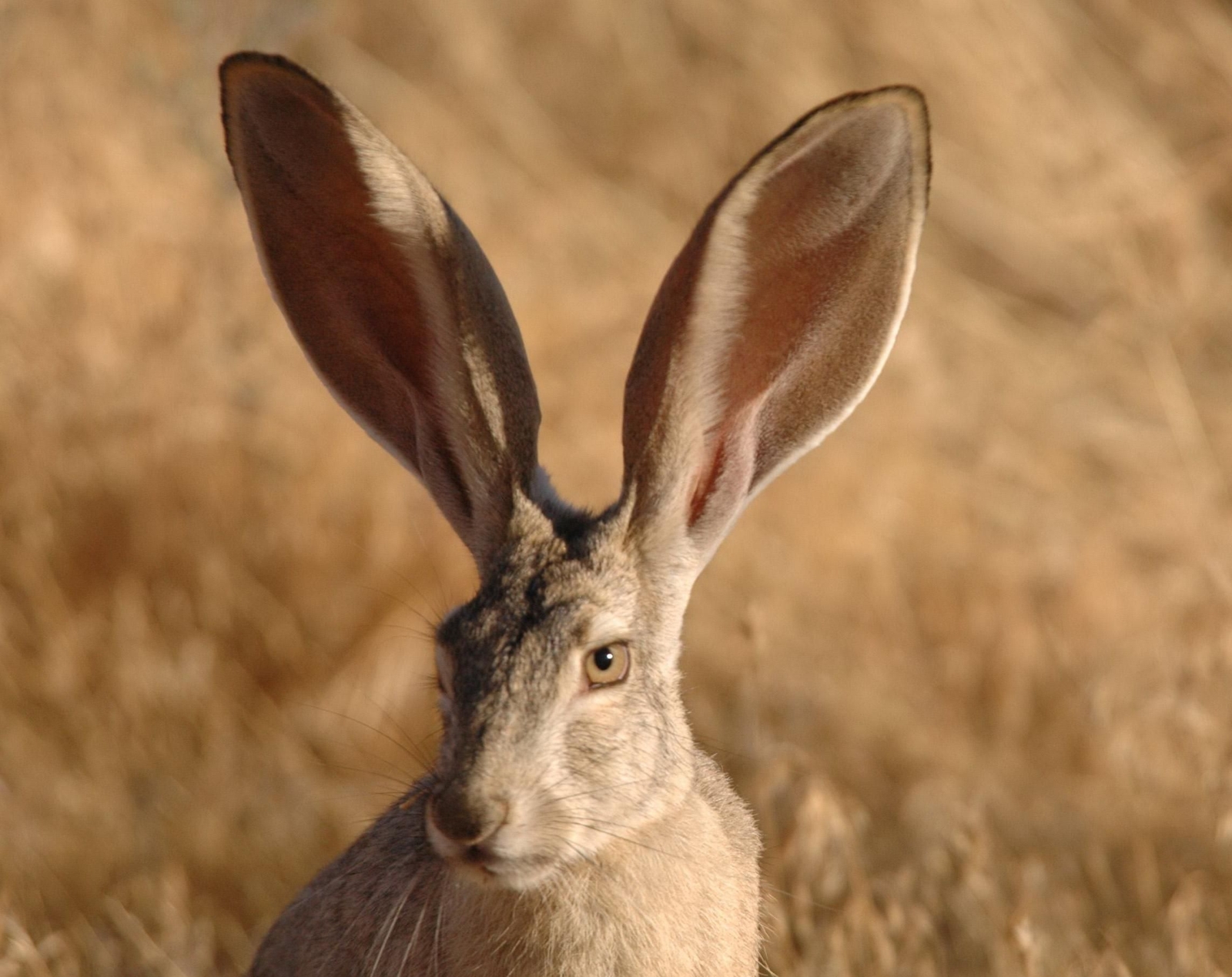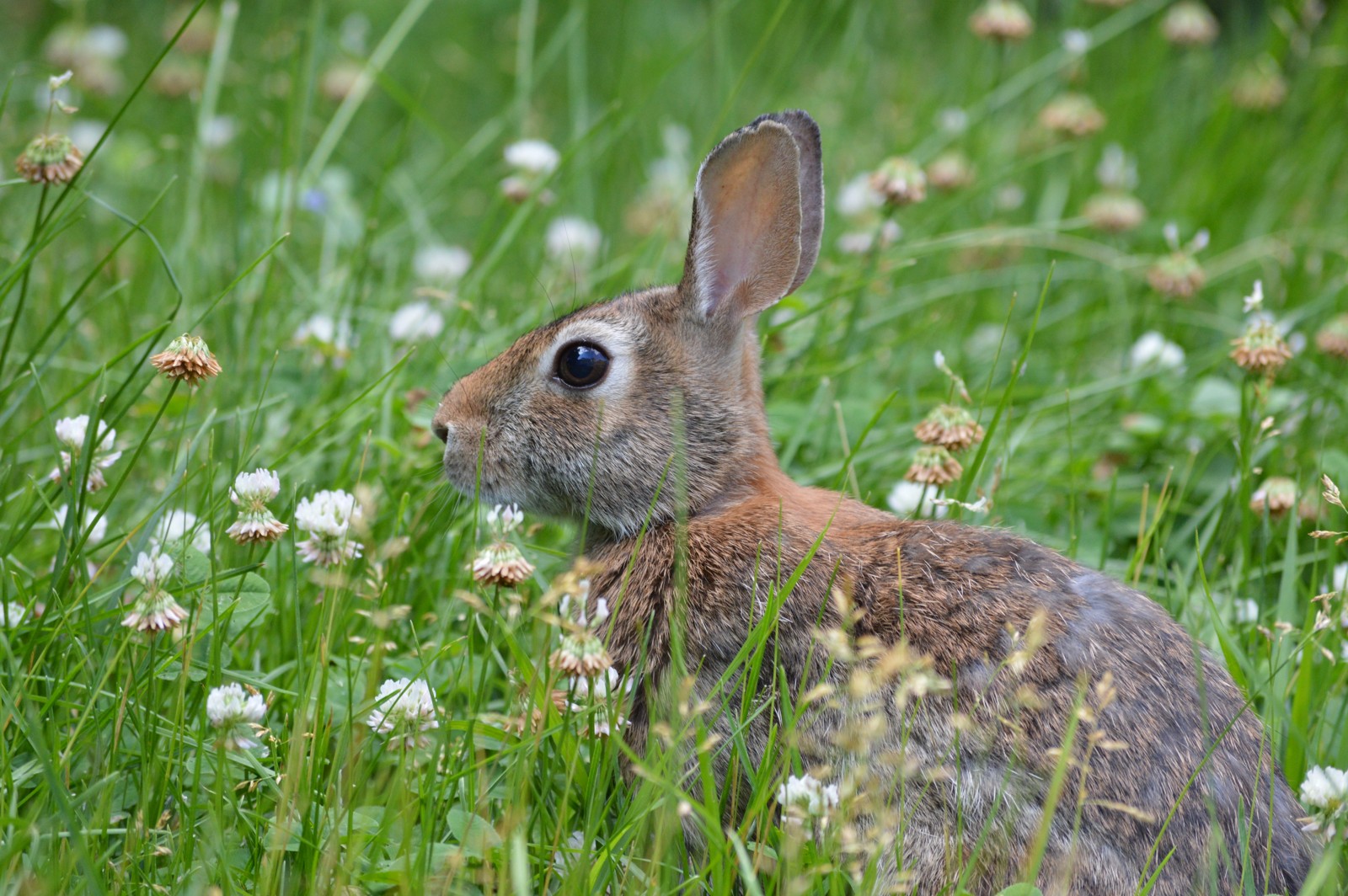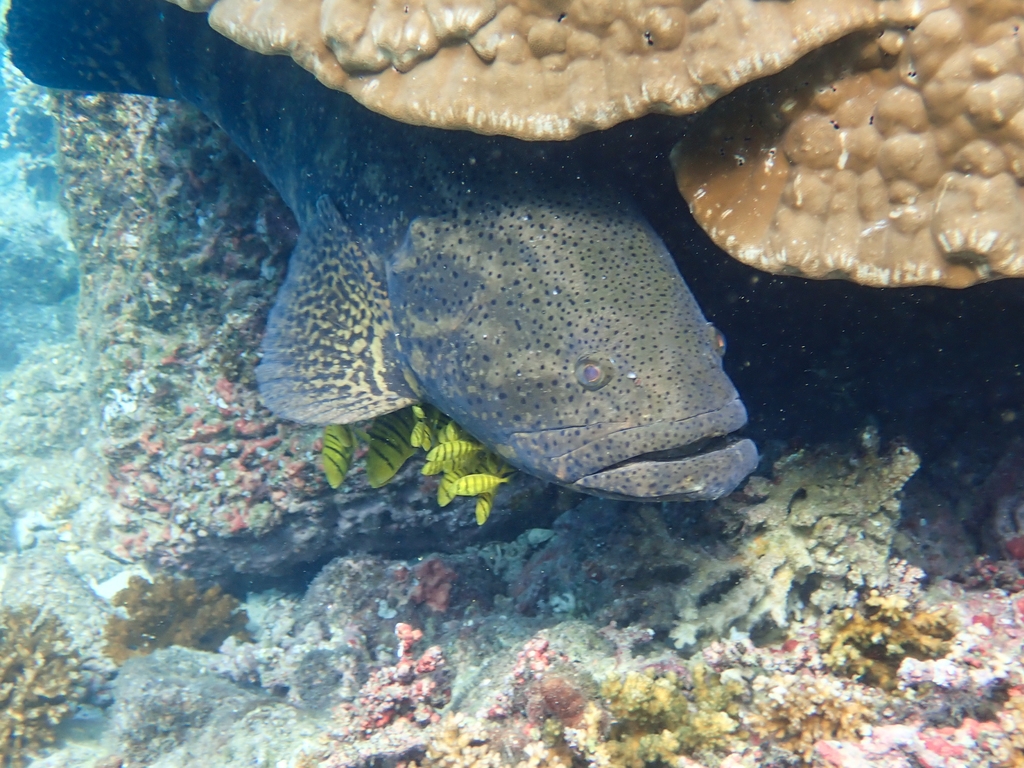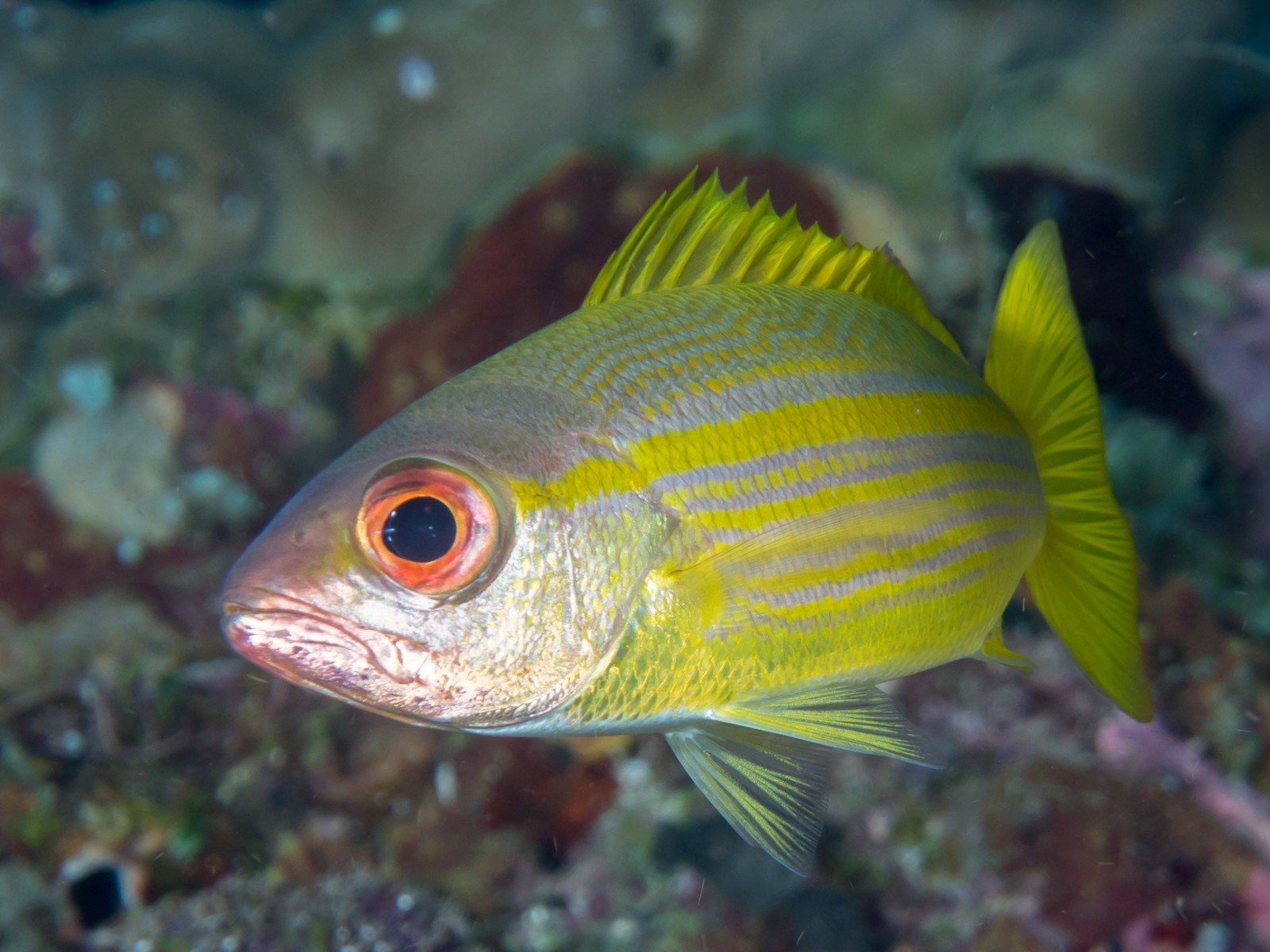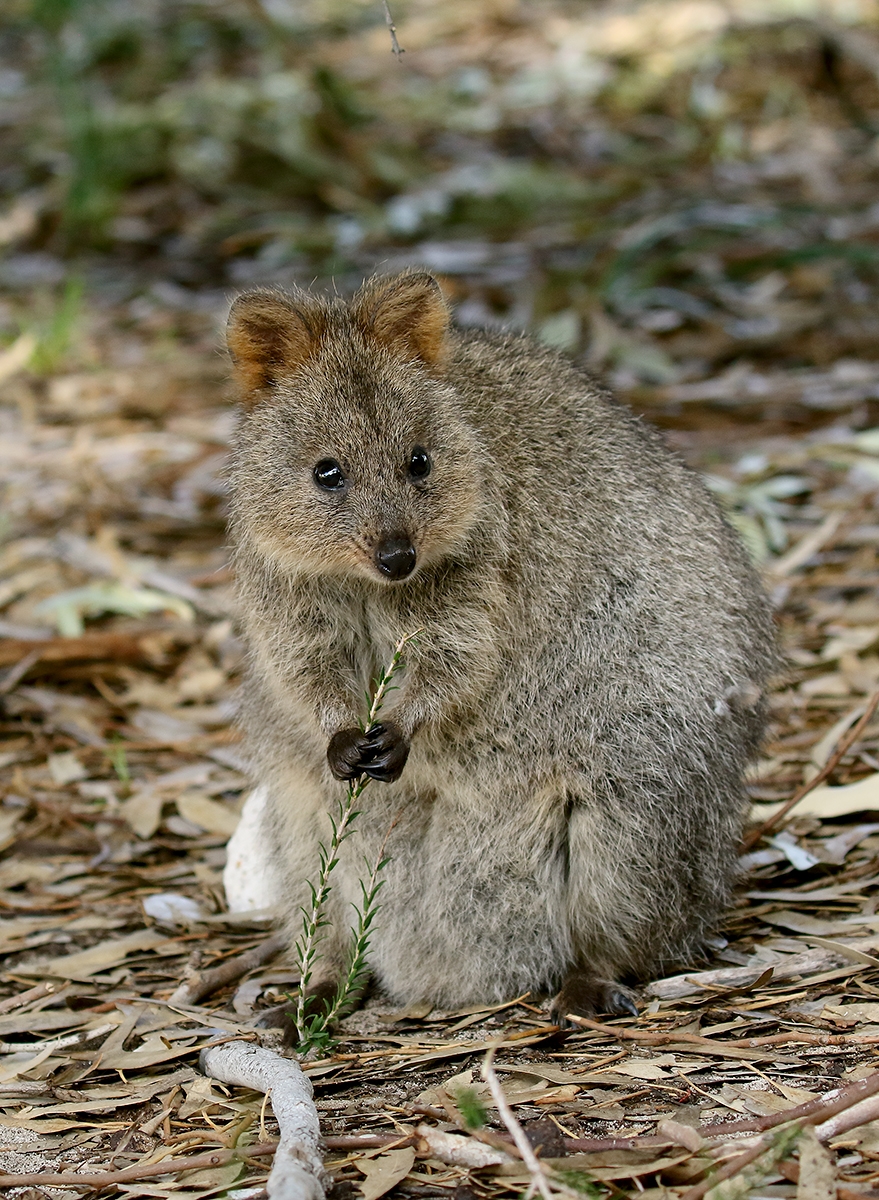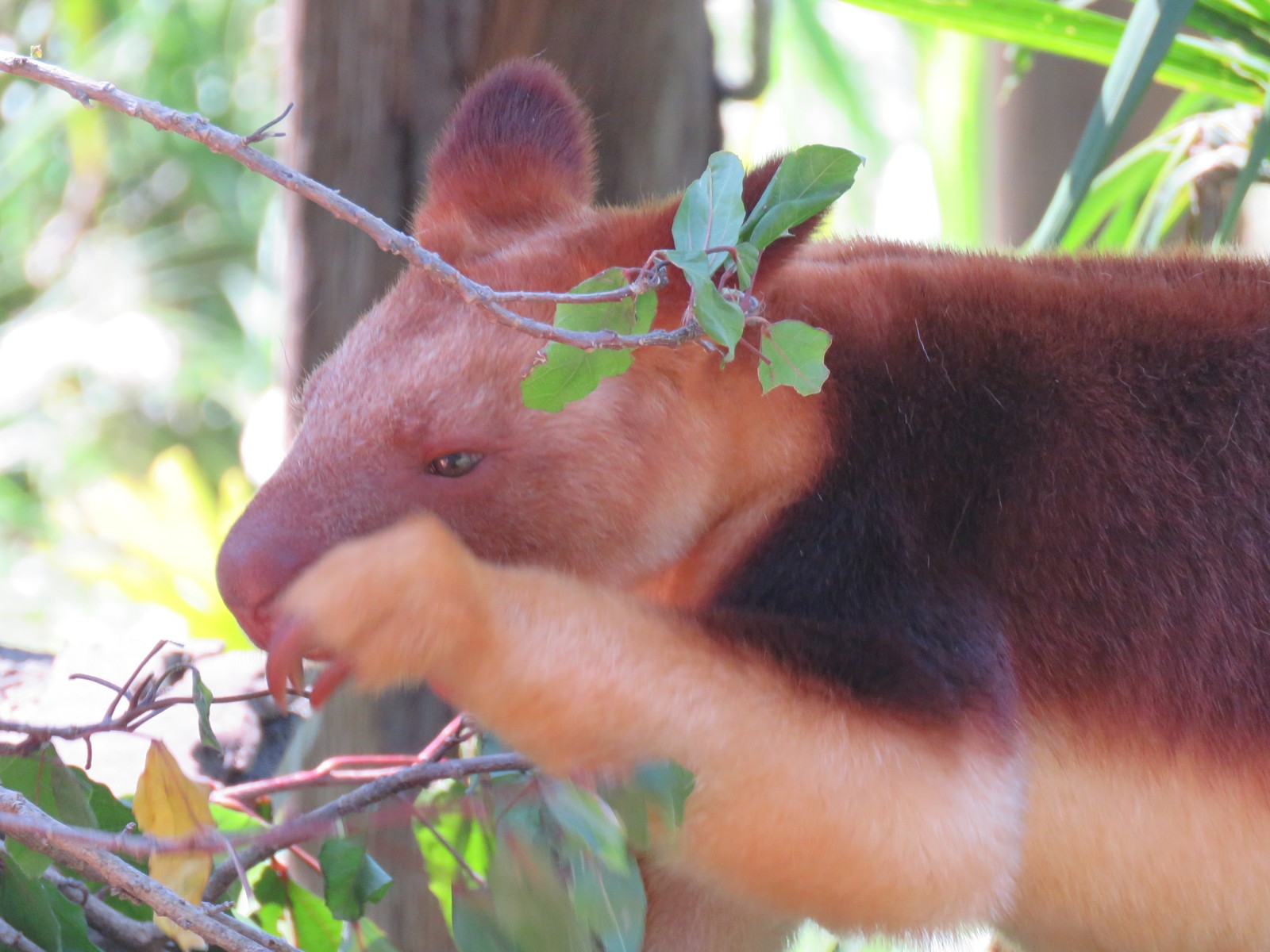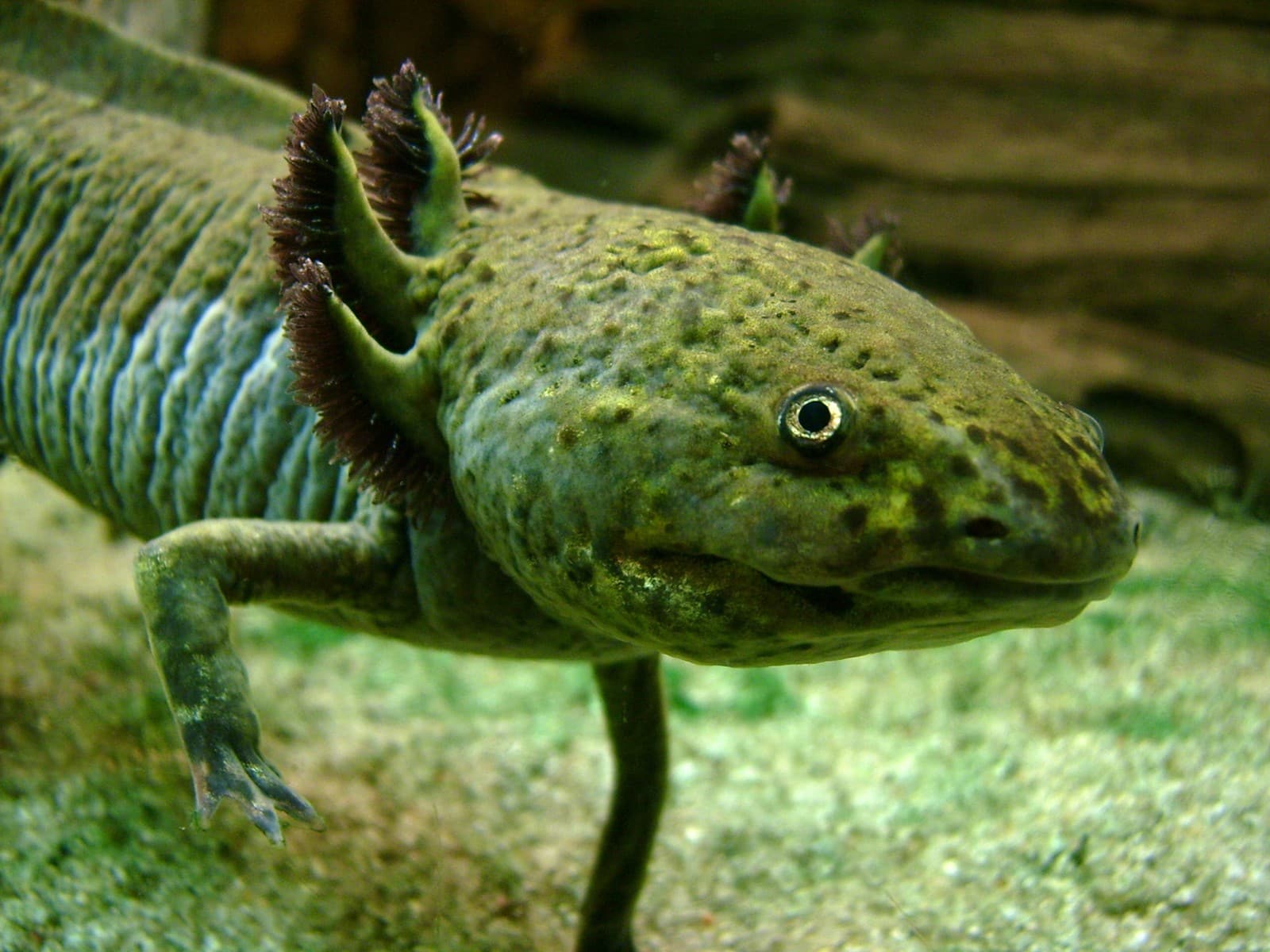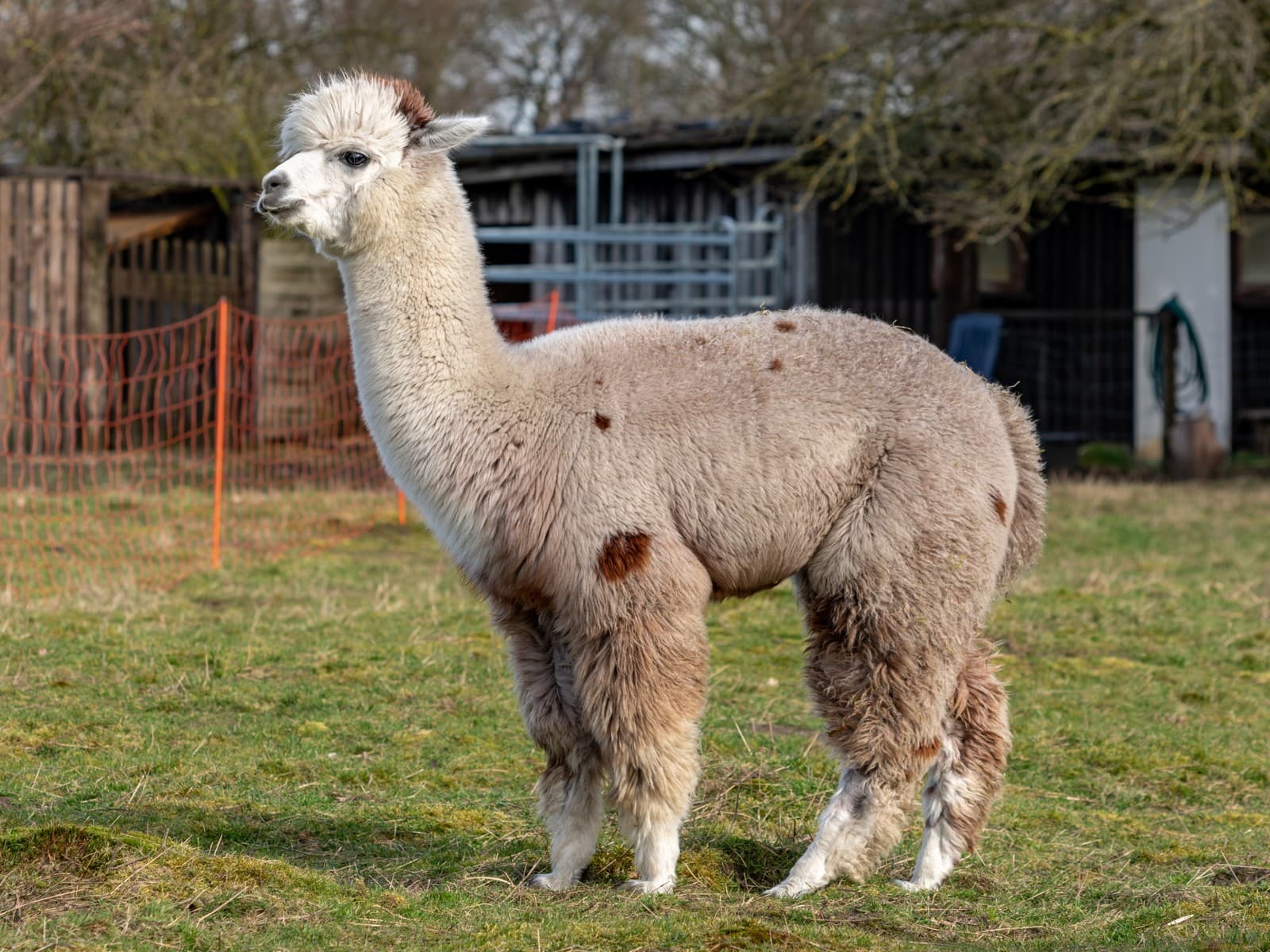Greater Flamingo vs Lesser Flamingo: A Complete Comparison
The Greater Flamingo and Lesser Flamingo represent nature’s most striking study in pink, yet these two species display remarkable differences in size, feeding habits, and distribution. The Greater Flamingo (Phoenicopterus roseus) stands as the largest and most widespread flamingo species, reaching heights of 4.6 feet (140 cm), while the Lesser Flamingo (Phoeniconaias minor) typically measures 2.6-3.2 feet (80-100 cm).
These iconic waders often share habitats across Africa and parts of Asia, but their distinctive characteristics make them easily distinguishable to the trained eye. The size difference serves as just the beginning of their fascinating divergence, with each species evolved to occupy specific ecological niches within their shared environments.
Visual Differences Between Greater and Lesser Flamingos
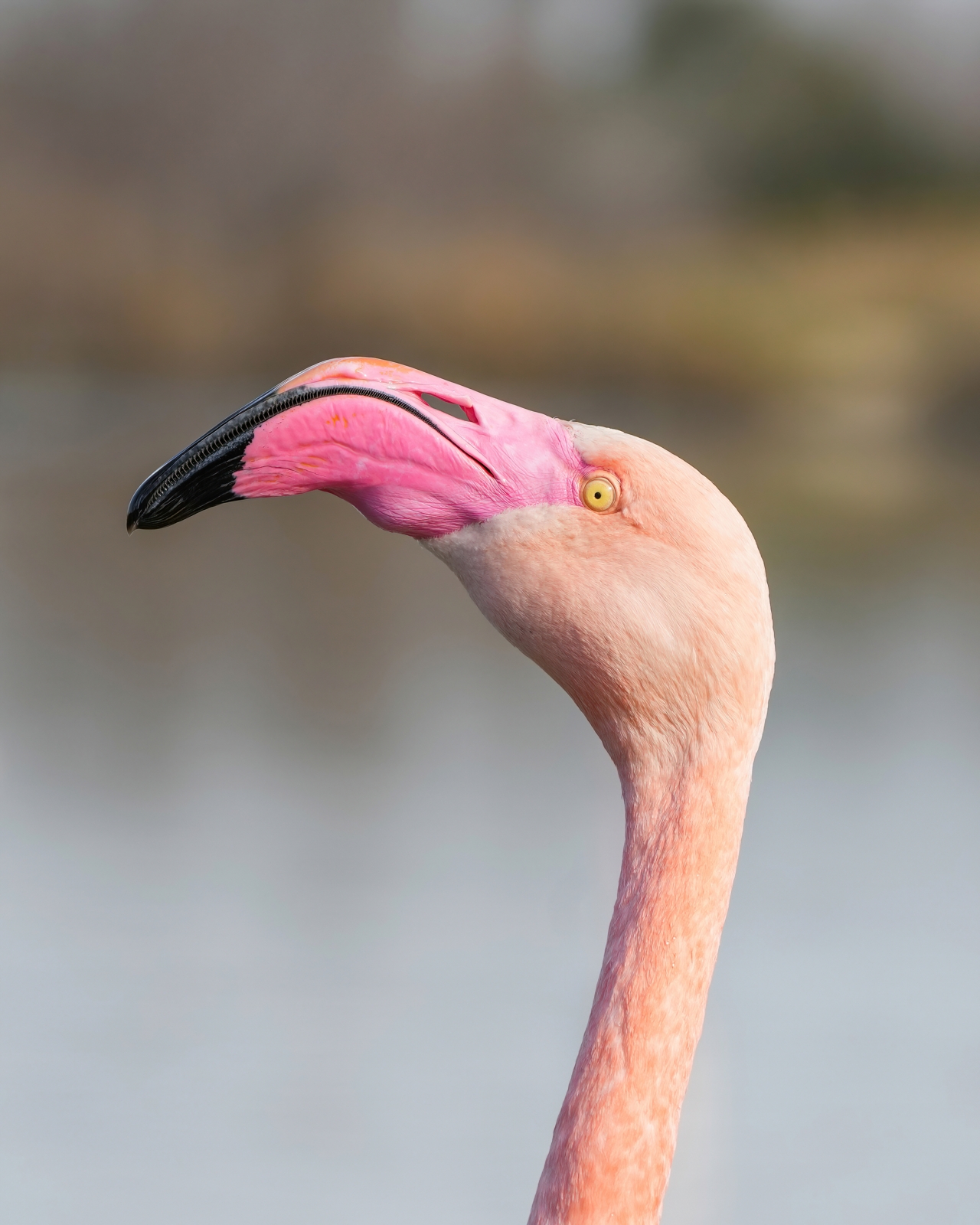
© Giles Laurent / CC BY-SA 4.0
The Greater Flamingo exhibits a distinctive pale pink coloration with black-tipped wings. Its bill features a characteristic pale pink base transitioning to black at the tip, designed perfectly for filtering larger prey items from shallow waters.
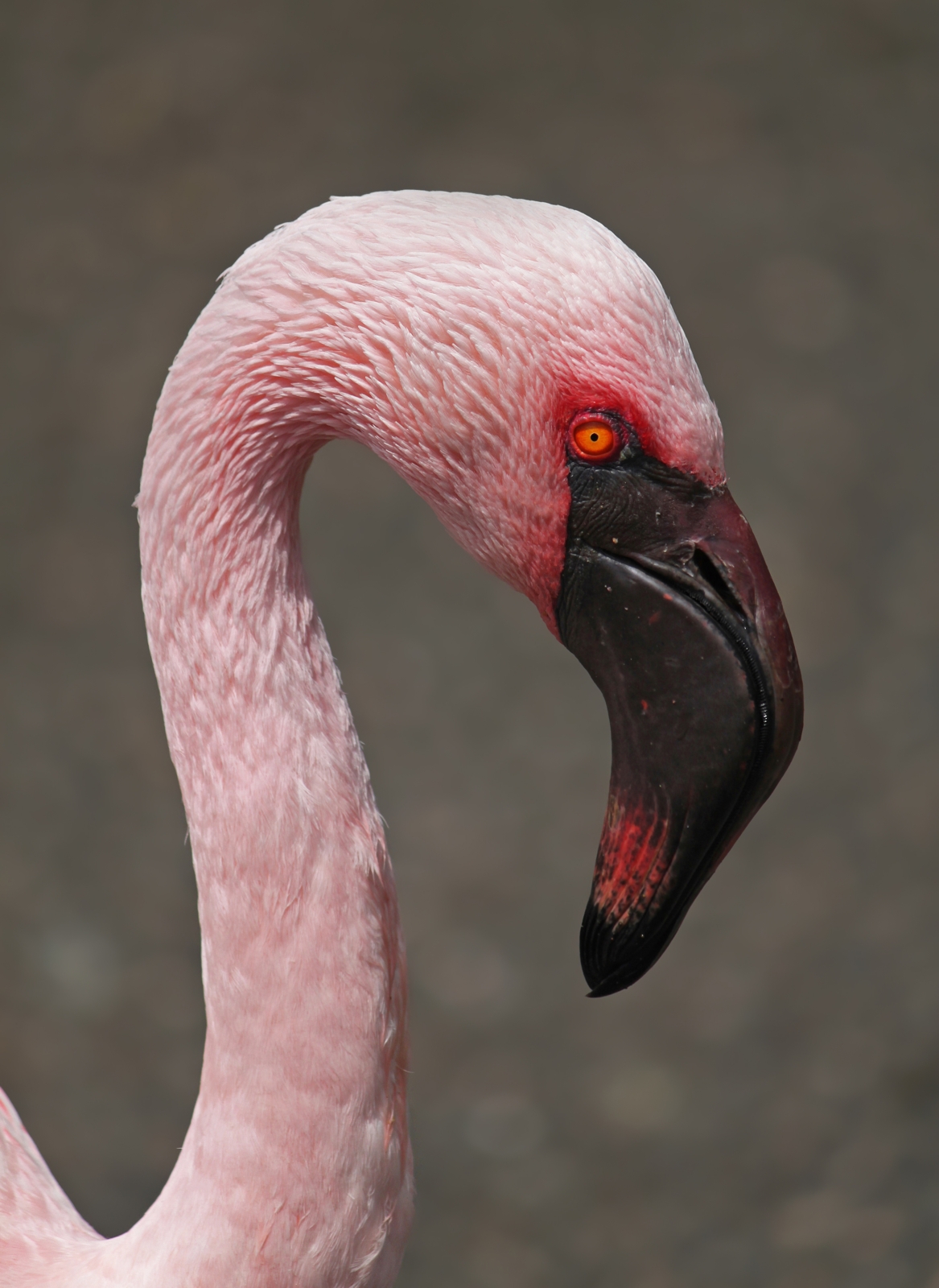
© H. Zell / CC BY-SA 3.0
The Lesser Flamingo displays a more intense crimson-pink plumage and features a distinctive dark red bill with a black tip. Its smaller size and deeper coloration make it immediately distinguishable from its larger cousin.
Key Differences: Greater Flamingo vs Lesser Flamingo
| Feature | Greater Flamingo | Lesser Flamingo |
|---|---|---|
| Height | 4.6 feet (140 cm) | 2.6-3.2 feet (80-100 cm) |
| Weight | 4.4-9 lbs (2-4 kg) | 3.3-4.4 lbs (1.5-2 kg) |
| Bill Color | Pale pink with black tip | Deep red with black tip |
| Plumage | Lighter pink | Deeper crimson-pink |
| Diet | Mollusks, small fish, crustaceans | Blue-green algae, diatoms |
| Filter Gaps | 0.5-1.0 mm | 0.1-0.2 mm |
Habitat and Distribution
Greater Flamingos demonstrate remarkable adaptability, inhabiting coastal lagoons, salt pans, and alkaline lakes across Africa, southern Europe, and Asia. Lesser Flamingos show a more specialized distribution, primarily concentrated in the Great Rift Valley lakes of East Africa, where their preferred food source of blue-green algae flourishes.
Feeding Adaptations
The feeding mechanisms of these flamingos represent one of their most fascinating differences. Greater Flamingos possess wider filter gaps in their bills (0.5-1.0 mm), allowing them to capture larger prey items like small mollusks and crustaceans. Lesser Flamingos, with their finer filter gaps (0.1-0.2 mm), specialize in filtering microscopic blue-green algae, making them the world’s only true filter-feeding flamingo species.
Social Behavior and Breeding
Both species form massive breeding colonies, often numbering in the hundreds of thousands. Greater Flamingos typically lay one egg per breeding season, with both parents sharing incubation duties for 27-31 days. Lesser Flamingos follow similar patterns but show more synchronized breeding behavior, with entire colonies often nesting simultaneously when conditions prove favorable.
Conservation Status and Threats
While Greater Flamingos maintain stable populations across their range, Lesser Flamingos face increasing challenges due to their specialized dietary requirements and limited breeding sites. Human activities, including soda ash mining and water pollution, particularly threaten Lesser Flamingo populations, making them more vulnerable to environmental changes than their larger relatives.
Through understanding these distinctions between Greater and Lesser Flamingos, we gain deeper appreciation for nature’s subtle variations and the importance of preserving the unique habitats that support these magnificent birds. Their continued survival depends on protecting both the diverse wetlands where Greater Flamingos thrive and the specialized alkaline lakes essential to Lesser Flamingo populations.
